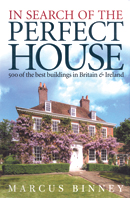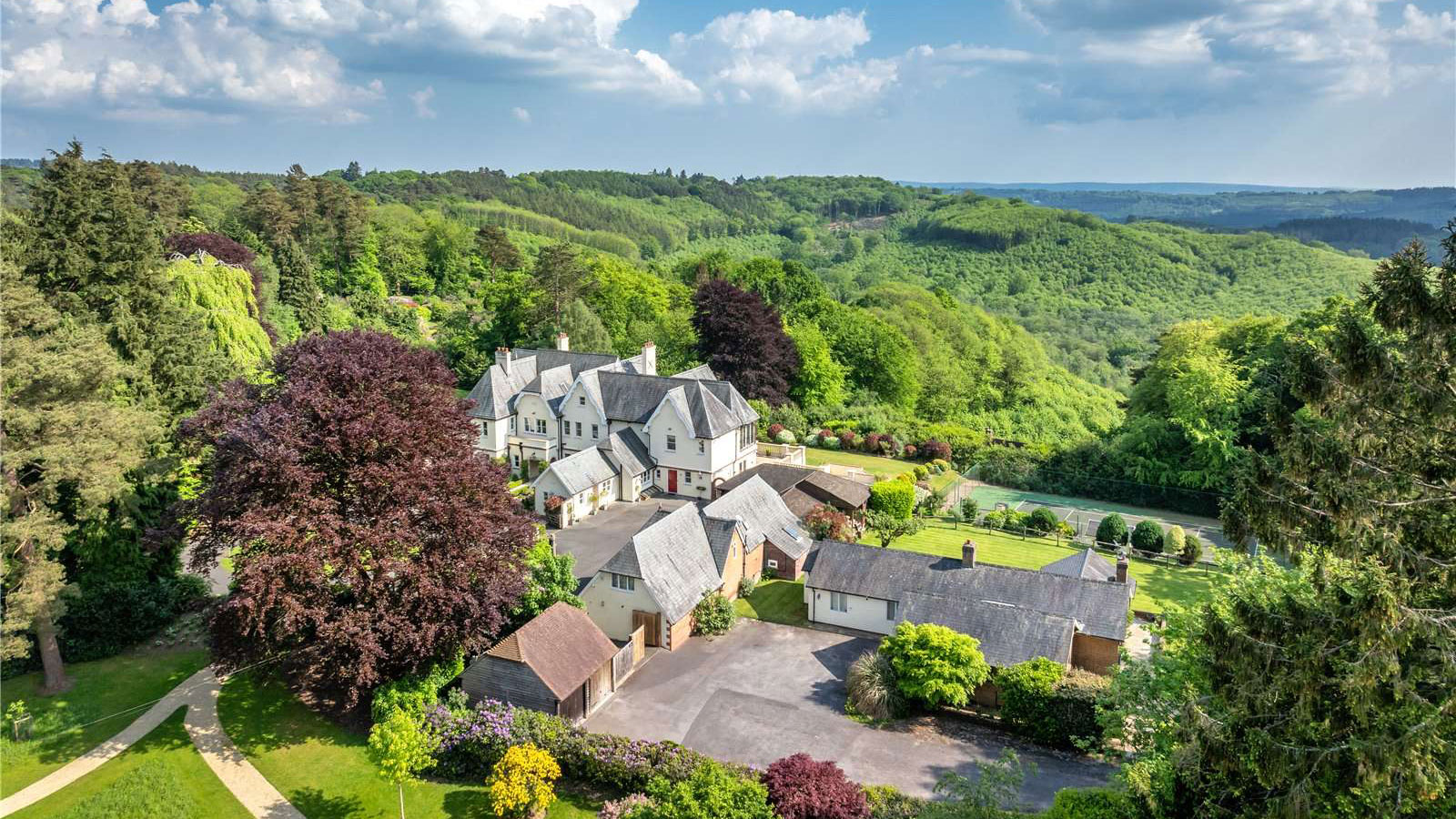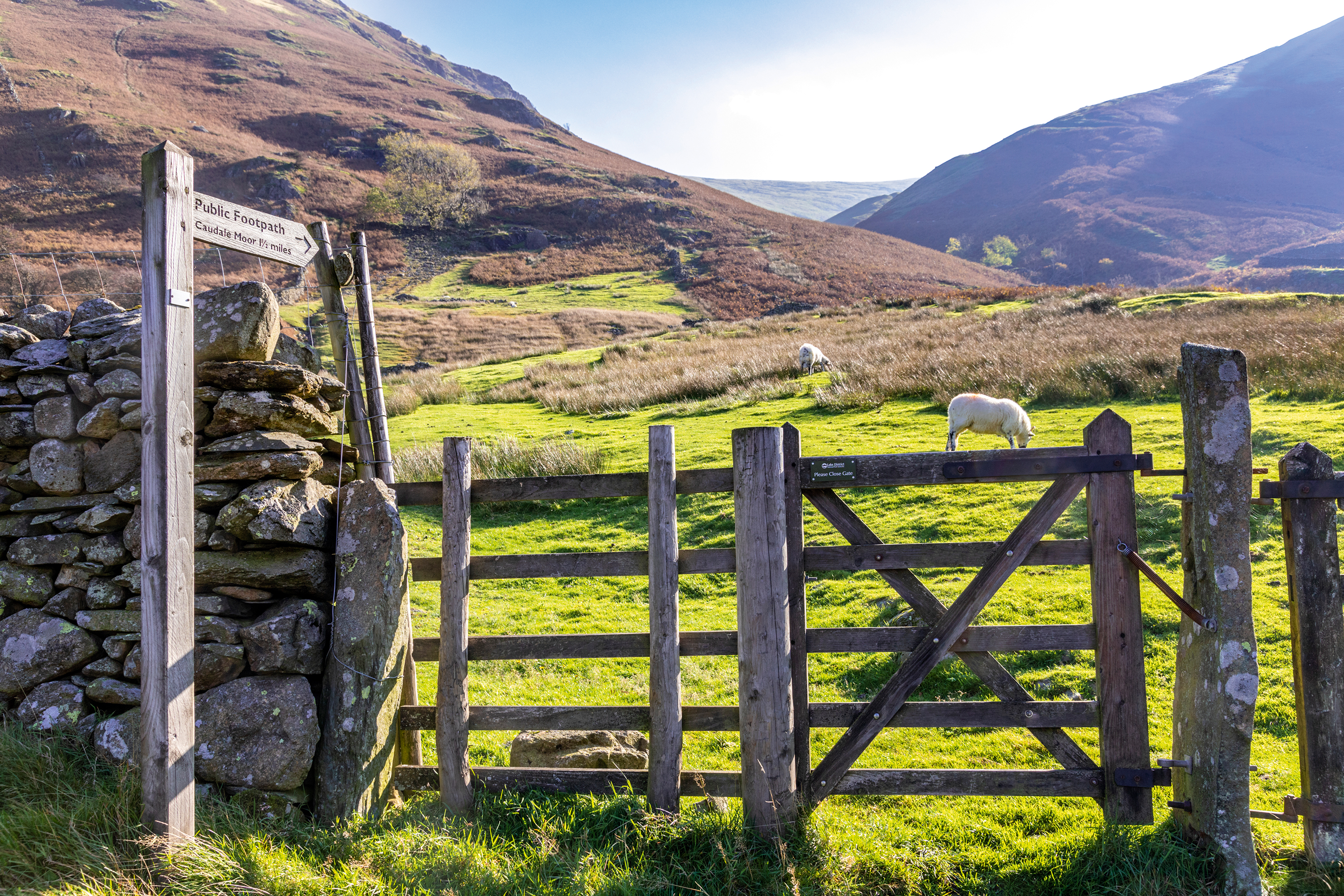In Search of the Perfect House
Clive Aslet finds Marcus Binney's huge book on 500 of the best buildings in Britain and Ireland an enchanting read.


In Search of the Perfect House
Marcus Binney (Weidenfeld & Nicolson, £30)
This is proving to be quite a year for Marcus Binney. Hot on the heels of saving Dumfries House in Ayrshire, he has published this book of 500 houses. Mathematically, this may appear a lesser feat than Simon Jenkins' England's Thousand Best Houses, but whereas the Jenkins epic is confined to houses open to the public, the great majority of Binney's selection are not formally shown, making them more of a surprise. Most are the sort of private house that appears every week in the advertisement pages of Country Life.
Town mansions are not ignored in this search for the perfect house. The author strays into cathedral closes, unexpectedly notices C. R. Mackintosh's little 78, Derngate in Northampton, and includes a small but typically original section on London. (How many people know Grovelands in Southgate, built by John Nash for a brandy merchant, or the imposing Georgian house Valentines Park in Ilford?) Otherwise, Binney confines his wanderings to the gentleman's park. It is not a bias that should worry the readership of this magazine.
In Search of the Perfect House celebrates the country house in all its multifariousness and glory. Colleagues who have seen Binney at work, or on his travels, will know his pocket notebooks; the number he has filled with blue-Biroed observations over the past 40 years must make quite a library in themselves. Some of us may have wondered what would become of their contents; we now have our answer. This book is a memorial to Binney's Flying Dutchman-like pursuit of architecture throughout Britain, and his remarkable eclecticism of taste.
Every county in the land, every idiom in the architect's style book comes within his survey. The late medieval poetry of South Wraxall Manor at Bradford-on-Avon rubs shoulders with James Paine's splendidly Palladian Belford Hall in Northumberland. Bunny Hall 'one of the most eccentric and engaging houses in Middle England' competes for oddity with Lanhill House, a gloriously dotty farmhouse built by a disastrously married Victorian MP who consoled himself with architecture. The whipped-cream stucco of Fife House in Brighton, built for the bachelor Duke of Devonshire, is served next to the strawberry brickwork of Eastwood Farm at Herst-monceux, a folly recently built for Freddie Stockdale, impresario of Pavilion Opera.
Eastwood Farm is one of quite a number of new houses in the book. Another is Fawley House, given a theatrically Baroque flint-and-stone front by Quinlan Terry. Only a few pages away is Jacob's Ladder, a Minimalist glass box by Niall McLaughlin. Altogether, this book might be described as an autobiography through houses. Binney began his peregrinations at Cambridge, when researching a dissertation on Sir Robert Taylor. It turned out that many of Taylor's buildings were in a bad way. Harleyford House, on the Thames, was besieged by caravans, Danson House crippled by dry rot. The shock of discovering such dereliction ignited an all-consuming passion for conservation.
Sign up for the Country Life Newsletter
Exquisite houses, the beauty of Nature, and how to get the most from your life, straight to your inbox.
The pages of Country Life, where Binney became architectural editor and, briefly, editor, provided a scholarly commentary on his campaigns, but could not always move mountains. For that, rather more strident publicity was required. After the V&A's 'Destruction of the Country House' exhibition in 1974, a gloomy roll of honour for the architecturally fallen, Binney became the prime mover in SAVE Britain's Heritage, using his unique combination of scholarship, journalistic savvy and Old Etonian charm to shame obdurate owners, local authorities and government ministers into action.
Many of the entries in this book begin with a reminiscence of Binney's first visit, when the place was a forlorn wreck with, in one sad case, 12,000 gallons of water pouring onto the staircase every year. Now, it might be a luxury hotel, apartments or, in many cases, a family home. Tyntesfield and Dumfries House show that the conservationist's guard can never be dropped. Stokesay merits an entry in the book, but its gorgeous contents have been dispersed. But the extent to which the world has changed since the 1970s helped by SAVE and tax cuts can be judged from the fact that a fair number of the houses here come from Binney's column in the property section of The Times. What might, a generation ago, have seemed hopeless liabilities are now fought over by eager buyers, at previously unimaginable prices.
This is, therefore, a book of happy endings. 'Money could never buy the love and care put into the repair of this enchanting Kentish yeoman's house,' writes Binney of Maynards in Kent. In Lancashire, Formby Hall 'has at last found its prince'. The author wouldn't say it, but the prince of many of these houses is Marcus Binney himself.
To buy In Search of a Perfect House on Amazon, click onto the following link:
Country Life is unlike any other magazine: the only glossy weekly on the newsstand and the only magazine that has been guest-edited by HRH The King not once, but twice. It is a celebration of modern rural life and all its diverse joys and pleasures — that was first published in Queen Victoria's Diamond Jubilee year. Our eclectic mixture of witty and informative content — from the most up-to-date property news and commentary and a coveted glimpse inside some of the UK's best houses and gardens, to gardening, the arts and interior design, written by experts in their field — still cannot be found in print or online, anywhere else.
-
 Six rural properties with space, charm and endless views, as seen in Country Life
Six rural properties with space, charm and endless views, as seen in Country LifeWe take a look at some of the best houses to come to the market via Country Life in the past week.
By Toby Keel
-
 Exploring the countryside is essential for our wellbeing, but Right to Roam is going backwards
Exploring the countryside is essential for our wellbeing, but Right to Roam is going backwardsCampaigners in England often point to Scotland as an example of how brilliantly Right to Roam works, but it's not all it's cracked up to be, says Patrick Galbraith.
By Patrick Galbraith